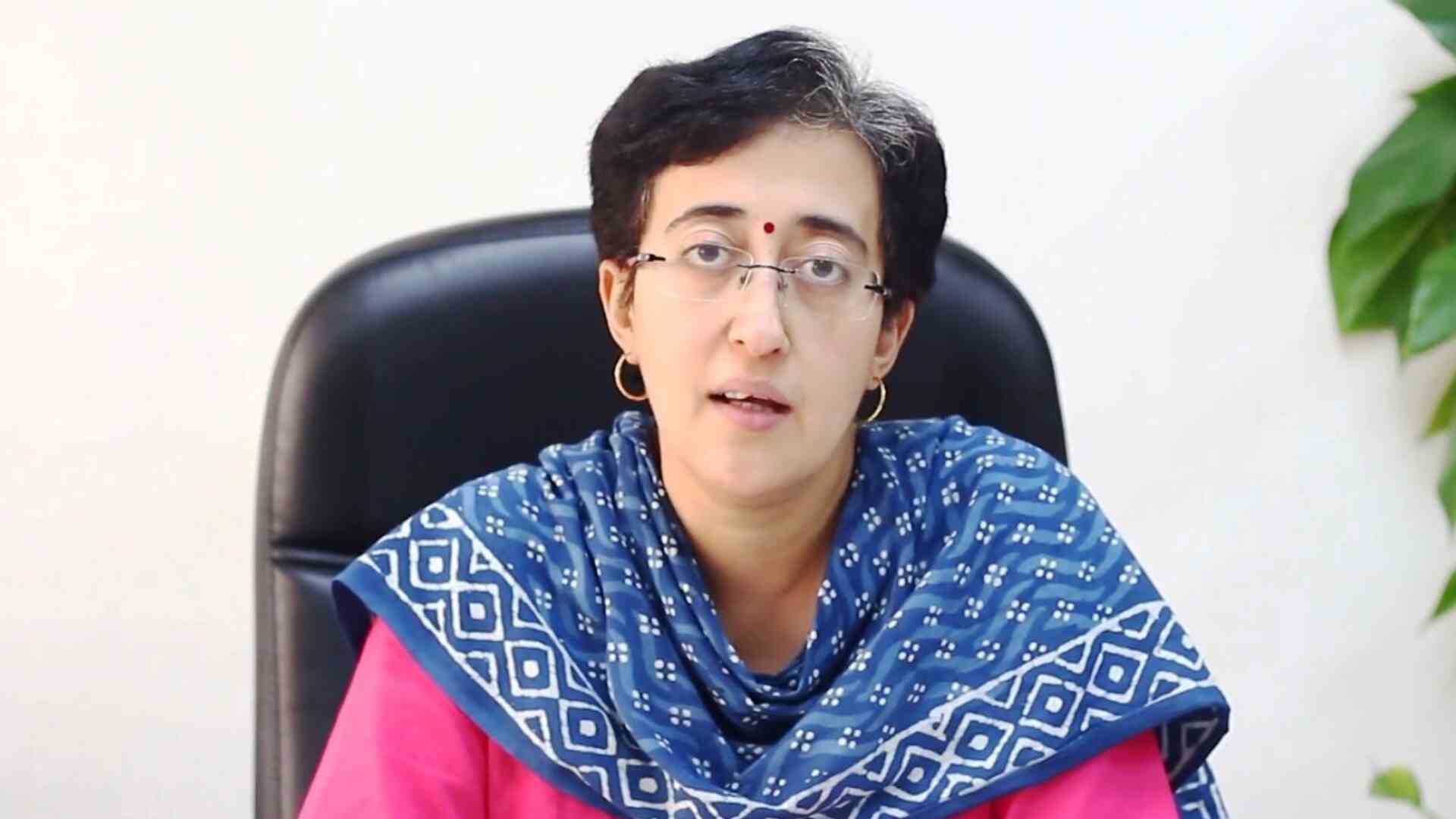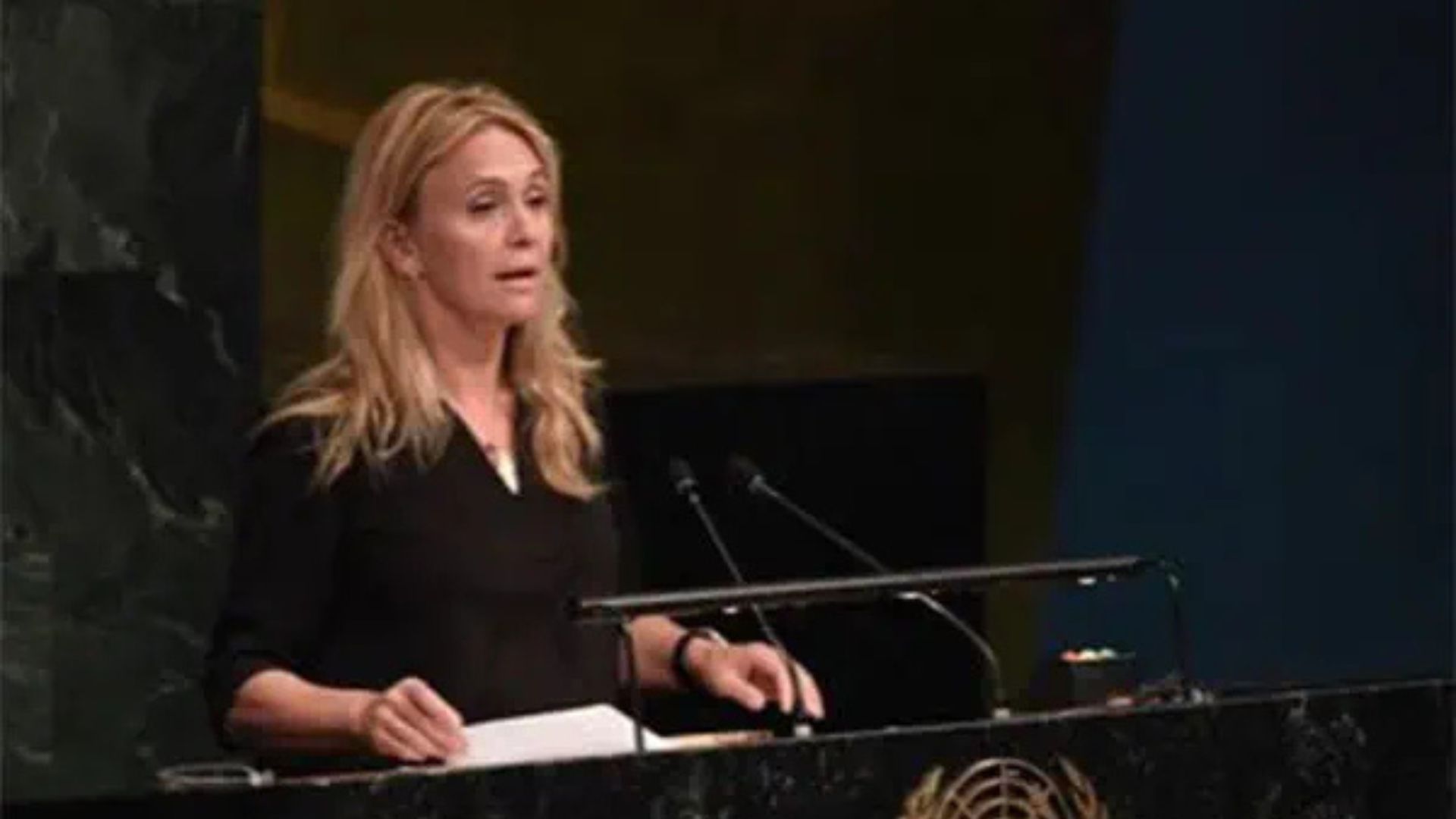Interestingly, the newly-appointed Delhi Chief Minister Atishi’s Twitter (now “X”) description has a quote by American cultural anthropologist Margaret Mead that says: ‘Never doubt that a small group of thoughtful, concerned citizens can change the world. Indeed, it’s the only thing that ever has.’ Her appointment as Delhi Chief Minister could have been that “change” by “a small group of thoughtful, concerned [AAP leaders]” which could have changed the party’s fortunes, not just in upcoming Delhi assembly elections but forever. But the party seems to be losing the plot.
In Delhi, where AAP and its main but weak in the state contender Bhartiya Janata Party (BJP) never relented in political rivalries, AAP could very well have patted their back with their “dual masterstrokes” – first, Aam Aadmi Party (AAP) supremo Arvind Kejriwal’s resignation as the Chief Minister of Delhi; and second, the appointment of Atishi ‘Marlena’ Singh (or just Atishi) as his successor. But AAP seems to be losing in the perception game.
In terms of political position, Kejriwal’s resignation “drama”, as BJP dubs it, is nothing new. Former AAP leader and journalist Ashutosh recently wrote on NDTV.com that Kejriwal has lost the “aura” he had gained during and after India Against Corruption movement. In this context, naming 43-year-old Atishi as Delhi CM seemed like a partial redemption of that “aura”.
There are several factors to believe that. Atishi has become the only third woman chief minister of Delhi; the only 17th woman chief minister in India, and the only third AAP leader to rise to the top post, after Kejriwal and Punjab CM Bhagwant Mann.
In Delhi administration, she joins the likes of BJP’s Sushma Swaraj who became Delhi’s first woman chief minister in 1998 (though for a very short tenure) and Congress’s Shiela Dikshit, who remains the most popular and longest-serving chief minister of the state (1998-2013).
Atishi could have been projected as an ‘aam aadmi’ rising to the top post in AAP. She did not start her political career with electoral politics but as a consultant-policymaker to AAP and later as an advisor to her mentor and Deputy Chief Minister Manish Sisodia in his Education Ministry, which has earned global fame for their turnaround of public schools in the national capital. She has been looking after the ministry following Sisodia’s arrest in the same alleged liquor policy scam in February 2023.
When BJP attacked Atishi highlighting her parents’ Communist background, AAP defended her appointment by projecting her academic degrees from St. Stephen’s College, Delhi; University of Oxford and Magdalen College, Oxford; and her Chevening and Rhodes scholarships. If AAP continued to focus on her education and experience in the education ministry, it could have reaped AAP huge dividend. After all, Delhi is a city of migrant middle class, whose key aspiration in life is to give their children a good education. And a CM with such illustrious academic credentials could have been AAP’s biggest selling point in the run-up to the Delhi assembly elections, provided she had delivered too as Delhi CM.
As her name was announced, BJP spokespersons in TV news debates began calling out her appointment as a sham and temporary, and suggesting that she would be running the government keeping Kejriwal’s khadahun (slippers) on the throne. The netas also reminded AAP of AIADMK leader O. Panneerselvam who as J. Jayalalithaa’s successor refused to sit on Tamil Nadu Chief Minister’s chair, leaving it empty as a mark of respect to his party’s supremo. On 23 September, Atishi did exactly that. After taking over as Delhi CM, she kept the main chair empty, for Kejriwal’s return. Justifying her decision, she posted a picture on her “X” account of herself and the empty chair in the CM office and wrote: “Today I have the same pain in my heart that [King] Bharat had when his elder brother Lord Shri Ram went on a 14-year exile, and Bharat ji had to take over the governance of Ayodhya. Just like Bharat ruled Ayodhya for 14 years by keeping Lord Shri Ram’s khadahun (sandals), I will run the government of Delhi for 4 months…”
This is where AAP’s strategy lost the plot. Appearing meek and tentative, Atishi invoked Ramayana, and compared Delhi to Ayodhya; herself to King Bharat; and (lo and behold) Kejriwal to Lord Ram! In the process, she completely undermined her credentials to run the government, and exposed the greed of the party supremo to return to the seat. What was the need to emphasise that Atishi is just a temporary CM? How is this justified to undermine the capabilities of a woman to run the government, who was chosen by the party ignoring its big faces like Gopal Rai, Saurabh Bhardwaj, and Kailash Gehlot? Moreover, how is AAP “a party with a difference” when you do what a political party did in Tamil Nadu? If Atishi delivers, why not make her the face of Delhi CM candidate, while Kejriwal takes up a national role? AAP is a national party but hardly has leaders working exclusively at expanding its base to other places. All its leaders remain consumed in Delhi politics, much to the liking of the BJP leadership. Finally, when will AAP and its supremo let a second level of leadership emerge in the party? By not letting that happen, how is it different from the current BJP and Congress? Why is ‘aam aadmi’ Atishi projected as a jugaad arrangement till the Delhi assembly elections?
Too many questions that which AAP needs to answer before it goes to the public seeking votes in February 2025 (or maybe before). Meanwhile, Atishi’s start will be seen as a golden opportunity lost by AAP to achieve what Congress did with Shiela Dikshit – giving Delhi its favourite leader still remembered for her infrastructural turnaround in Delhi.
Shambhu Sahu is a journalist-turned-book publisher-turned-educator. He currently teaches journalism at an Institute in Pune.







